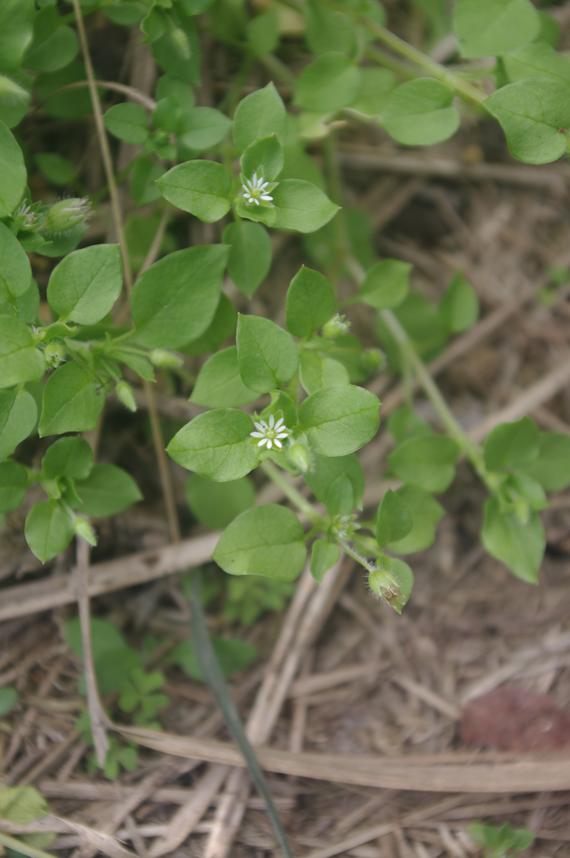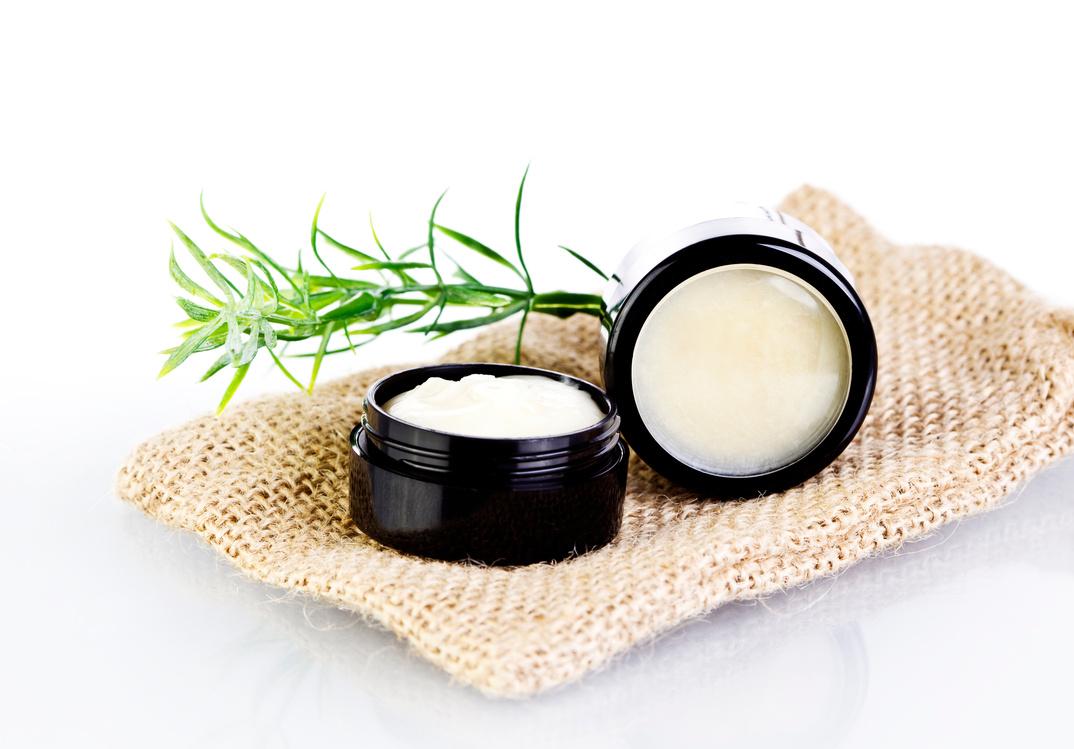
1 minute read
The Foragers Corner
Hello fellow wild food foragers, my name is Kimberly and I am the owner of Silver Sage Cottage I study edible plants in our local area for basic survival and fun It’s surprising the amount of wild food, medicine and useful plant resources that are available to us in nature I will be showcasing one, safe, easy to identify, wild edible plant each month I will provide a photo, a common name, a botanical name, some basic information about the plant and a recipe to try I forage and eat the plants showcased and know them to be safe, however I encourage you to do your own research and ensure that you have the correct plant before eating it
Disclaimer: I am not responsible for what you ingest, you are wholly responsible for your own safety If you are unsure, please feel free to contact me for help with identification at Silver Sage Cottage 0498076683
Advertisement
Chickweed

(Stellaria Media)

Hi foraging friends, this month we have Chickweed and there are a few different varieties of this plant in Queensland and a nasty lookalike so please be careful. The leaves contain saponins that are mildly toxic (cause diarrhoea) for some people so it is advisable to only try a small amount the first time. Having said that, this plant is a favourite amongst most foragers
By Kimberly Patterson Silver Sage
LEAVES: young leaves and shoots edible raw and cooked; cooked leaves taste much like English spinach.
SEEDS: ground into a powder are used as a thickener for stews and soups or for making pancakes or pan breads
NUTRITION: Vitamins A, B1 (Thiamine), B2 (Riboflavin), B6 (Niacin), C, Protein, Carbohydrates, Calcium, Phosphorous, Iron, Magnesium, Sodium, Potassium, Zinc,
MEDICINAL: this plant has a long history of medicinal skin treatments and is often used for soothing itches, bites and stings. It can be used fresh as a poultice or infused into a soothing slave
RECIPE: SILVER SAGE COTTAGE—SIMPLE SKIN SALVE


3 tablespoons dried chickweed
6 tablespoons olive oil
1 tablespoon bee's wax
Place dried chickweed and olive oil into a jar Seal the lid and write the date Set jar aside in a cool dark place for 6-8 weeks shaking occasionally After 6-8 weeks, strain the oil through a muslin cloth reserving the oil Discard the Chickweed plant matter
Place the Chickweed infused olive oil and the bee's wax into a glass container over a double boiler (I just stand a mug in a pot of simmering water) Melt and stir the oil and bee's wax together







